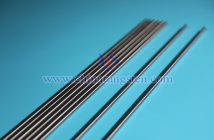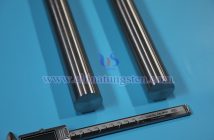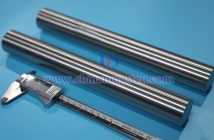Hydrogen’s influence on tungsten-nickel-iron alloy performance—through hydrogen embrittlement, conductivity degradation, and hydrogen retention—can reduce material reliability. However, controlling hydrogen content and enhancing performance can be achieved through alloy design and surface engineering.
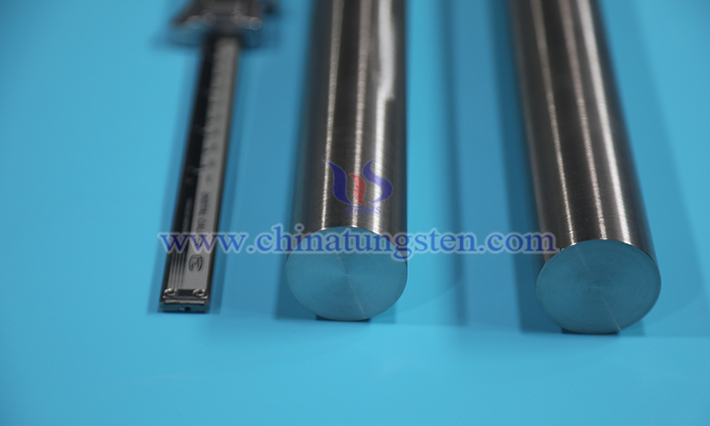
I. Hydrogen Embrittlement Effect: Plasticity Loss and Fracture Risk
Hydrogen’s solubility in tungsten-nickel-iron alloy is significantly lower than in nickel or iron, leading to its enrichment at grain boundaries, dislocations, and second-phase interfaces. This enrichment triggers two typical hydrogen embrittlement mechanisms:
Stress-Induced Hydrogen Precipitation: Under tensile or fatigue loading, hydrogen atoms diffuse to crack tips, precipitating as hydrogen molecules in localized stress concentration areas, forming high-pressure gas pockets. These pockets, via a "wedging effect," tear grain boundaries, sharply reducing fracture toughness.
Hydride Phase Formation: Hydrogen reacts with tungsten to form brittle tungsten hydride, whose crystal structure mismatches the matrix, causing high-density dislocation pile-ups at phase interfaces. This increases hardness but decreases impact toughness.
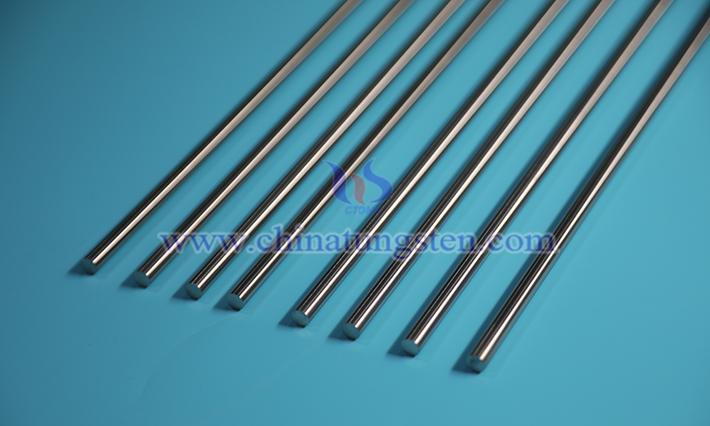
Mitigation Strategies:
Vacuum Heat Treatment: Vacuum annealing reduces hydrogen content, effectively restoring plasticity.
Grain Boundary Engineering: Adding tantalum promotes grain boundary segregation, creating hydrogen trap sites and raising the critical hydrogen embrittlement threshold.
Surface Passivation: Plasma electrolytic oxidation forms a protective layer on the surface, lowering hydrogen permeability.
II. Conductivity Degradation: Surge in Grain Boundary Resistance
Hydrogen segregation at grain boundaries disrupts electron scattering paths, increasing resistivity.
Hydrogen-Grain Boundary Interaction: Hydrogen atoms occupy lattice vacancies, forming "hydrogen-vacancy complexes," which enlarge electron scattering cross-sections.
Hydride Conductivity Differences: The resistivity of WH? phases exceeds that of the matrix. When the hydride volume fraction exceeds a certain level, the alloy’s conductivity decreases.
Optimization Direction:
Alloy Design: Adding rhenium refines grains, reducing grain boundary area and lowering hydrogen segregation.
III. Hydrogen Retention Mechanism: Performance Degradation in Irradiated Environments
In high-irradiation scenarios like nuclear fusion, hydrogen retention becomes a key factor limiting material lifespan:
Defect Capture Effect: Irradiation-induced vacancy clusters and interstitial atoms act as hydrogen traps with capture energies up to 1.5 eV.
Alloy Element Regulation: Tantalum reduces defect density by promoting vacancy-interstitial recombination, decreasing hydrogen retention, while rhenium, forming stable compounds with hydrogen, increases it.
Technological Breakthroughs:
First-Principles Simulation: Develop a multi-scale model of hydrogen-defect-alloy element interactions to predict hydrogen retention thresholds for different compositions, guiding optimization.
Ion Beam Irradiation Experiments: Using 3 MeV Fe? ions to simulate neutron irradiation, the addition of tantalum’s suppression of hydrogen retention was validated, with experimental and simulation results aligning at 92%.

